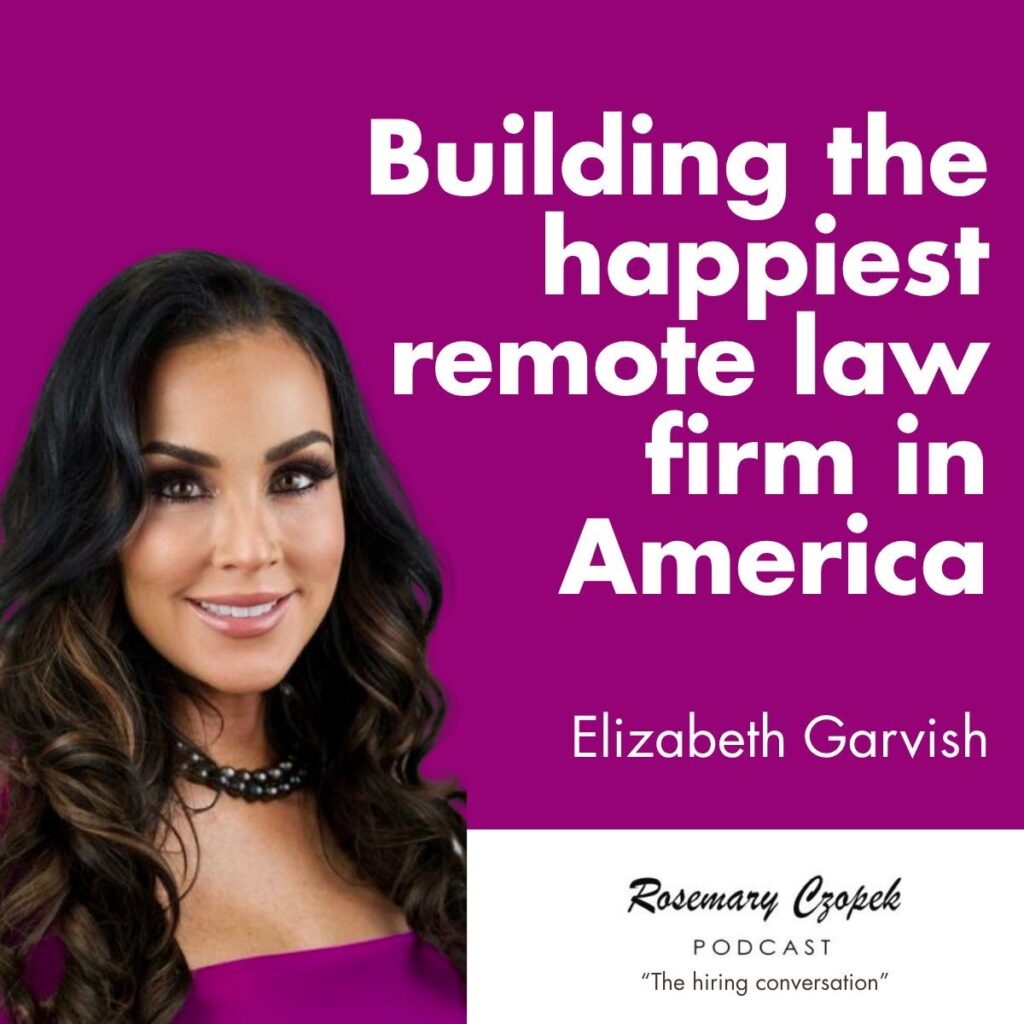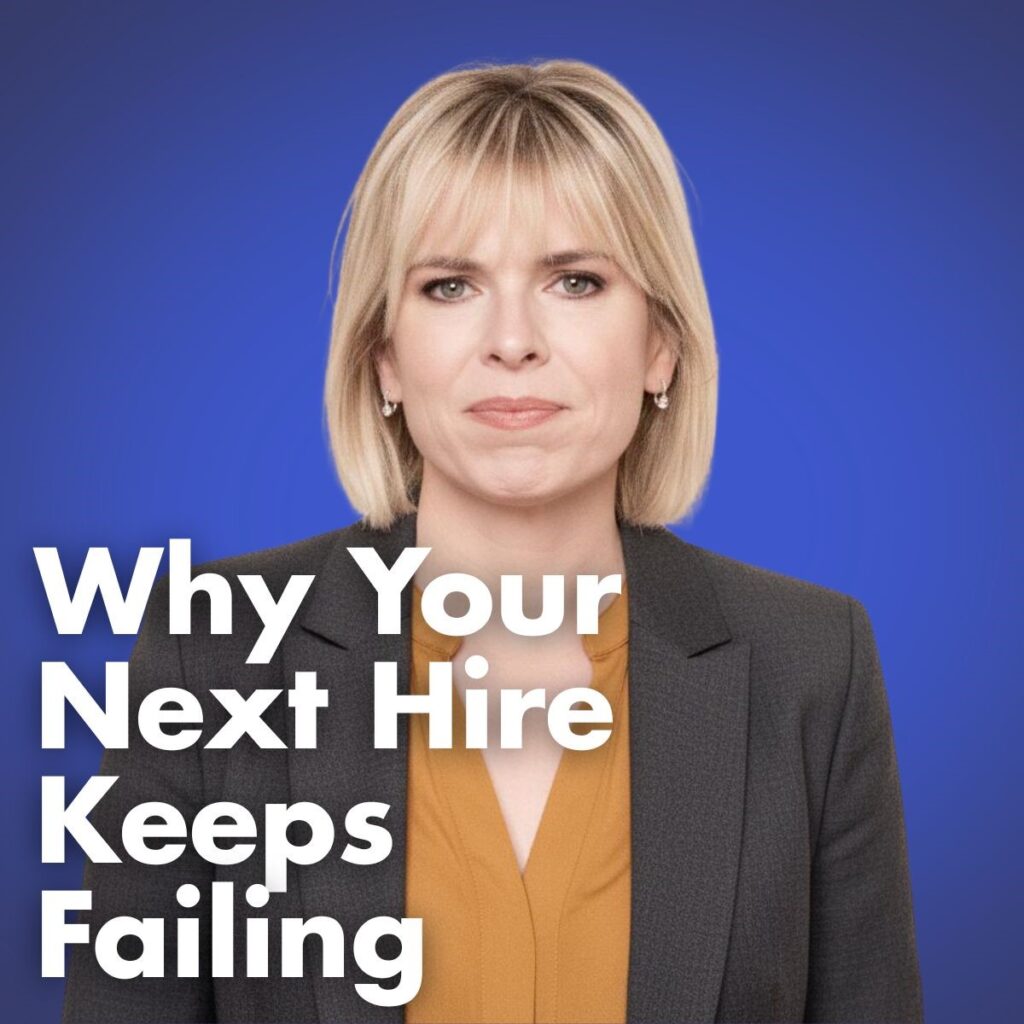There’s a common misconception about outsourcing: that agencies charge double what employees get.
Looks like a nice business model, doesn’t it?
Here’s what most business owners don’t see.
Before a single interview happens, a good agency has already spent hours on these five things:
1️⃣ Understanding the company, its values, its workflow, its pain points.
2️⃣ Writing and rewriting the job description so it actually reflects what’s needed, not just what sounds good.
3️⃣ Filtering hundreds of applications, spotting who’s real and who’s copy-pasted their resume with AI.
4️⃣ Vetting for skills and mindset, because the wrong attitude costs more than the wrong tool.
5️⃣ Mapping cultural fit: who will thrive with your leadership style, your pace, your expectations.
By the time a small business owner finally meets a candidate, the real work has already been done, even if they never saw it.
The value isn’t in “finding someone.”
The value is in hiring with a level of quality most small companies struggle to reach, simply because they don’t hire often enough to build these systems themselves.
Good outsourcing doesn’t cost you more. It saves you from paying for the same mistake twice.

You Might also like
-
Leading with Love: Lessons from Elizabeth Garvish
I just recorded a podcast with Elizabeth Garvish, founder of Garvish Immigration Law Group, LLC.
Her story reminded me how much leadership is about trusting people we can’t always see and choosing what Elizabeth calls “love.” In practice, that means leading with empathy, trust, and courage, even when leading from afar.
Elizabeth runs a fully distributed team with lawyers and staff across the United States, Spain, Argentina, Colombia, and Honduras.
Her goal is simple yet powerful: to build the happiest law firm in America.
My top three takeaways:
1️⃣ Love as a leadership system
Elizabeth doesn’t lead with rules; she leads with trust. Her team works globally, across time zones and cultures, connected not by oversight but by shared values.2️⃣ Flexibility as a gift, especially for working mothers
Her firm is built around women, many of them mothers, who can choose how and where they work. She proved that flexibility doesn’t have to reduce performance.3️⃣ Structure makes freedom possible
Behind the idea of “love” is solid structure: EOS meetings, SOPs in Trainual, and remote systems that make clarity the default. It’s a vivid reminder that this is how culture scales beyond the office.For me, this conversation reinforced that remote leadership requires a different set of skills, approaches, and practices—and that it absolutely works. When trust, support, and clarity are part of the system, teams don’t just function remotely; they thrive.
Grateful to Elizabeth for sharing her vision of what leading with love looks like in the real world.
Full episode coming soon. 💫
 Post Views: 51
Post Views: 51 -
Hiring Isn’t About Unicorns—It’s About Clarity
You’re not bad at hiring. You’re just chasing a unicorn.
You want someone who can manage your calendar, write your newsletters, run operations, handle support, think like a strategist, execute like a machine, and work across four time zones—all for under $2,000 a month.
Here’s the hard truth: that person doesn’t exist. And if they did, they wouldn’t apply to your job.
So here’s what to do instead:
1️⃣ Write down everything you wish this person would do.
2️⃣ Circle the three most critical things.
3️⃣ Build a role around those—not all seventeen.Hiring isn’t about finding magic. It’s about making tradeoffs. Clarity beats fantasy. Every time.
 Post Views: 95
Post Views: 95 -
Leadership That Starts at the Kitchen Table
Marlene Dandler built her company and a community from her kitchen table.
This week, I sat down with Marlene Dandler, founder of Seashore Academy, a fast-growing network of private hybrid schools that started right there — at her kitchen table.
What inspired me most wasn’t just how far she’s come, but how she leads: with clarity, care, and the conviction that great education, and great leadership, both start with human connection.
My three top takeaways:
1️⃣ Hiring for alignment, not background
Marlene explained that her toughest hires were leaders from traditional education, talented people who struggled to embrace Seashore Academy’s flexible hybrid model. What finally worked was finding a leader who shared her excitement for change and innovation.2️⃣ Leadership energy trickles down
She compared leading her company to parenting: when she’s calm, the household, or the business, is calm. Her morning run and prayer aren’t just self-care, they’re her leadership practices.3️⃣ Culture travels through connection
She keeps her on-site and remote teams united through short daily video huddles and by sharing photos from the classrooms, reminding everyone, even those thousands of miles away, of the joy they’re helping create.Conversations like this remind me how much leadership is about intention — who we hire, how we show up, and how we stay connected across distance.
Grateful to Marlene for sharing her story, her heart, and her wisdom.
Full episode coming soon.
 Post Views: 51
Post Views: 51


